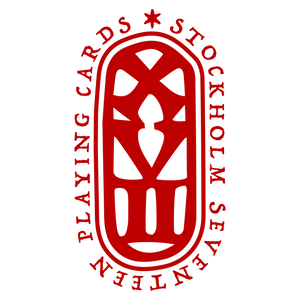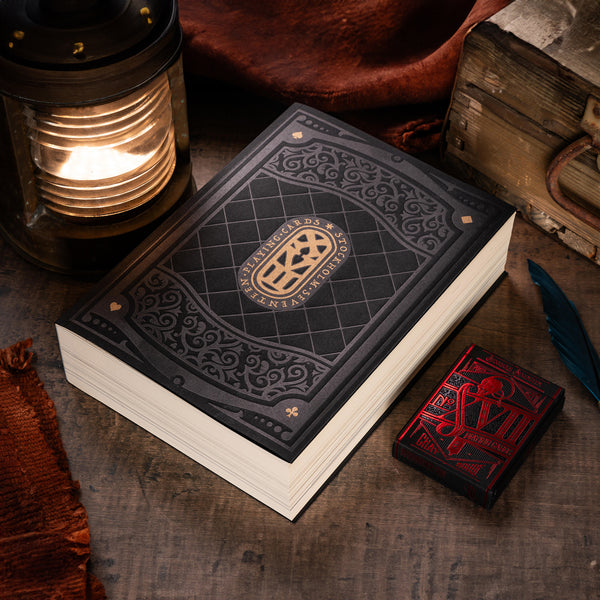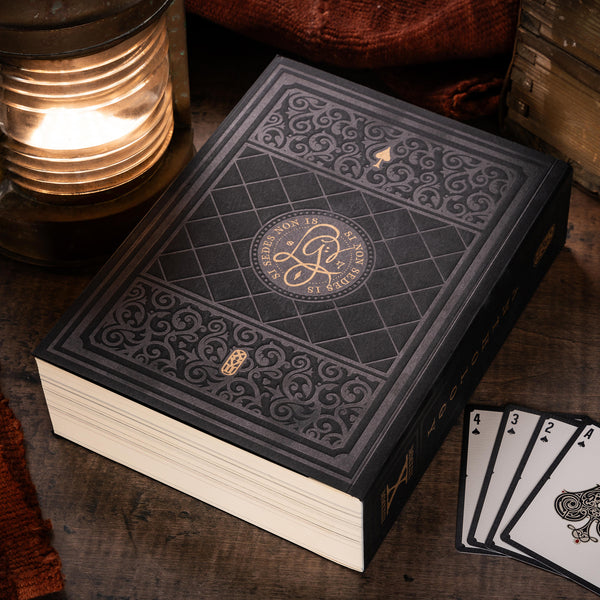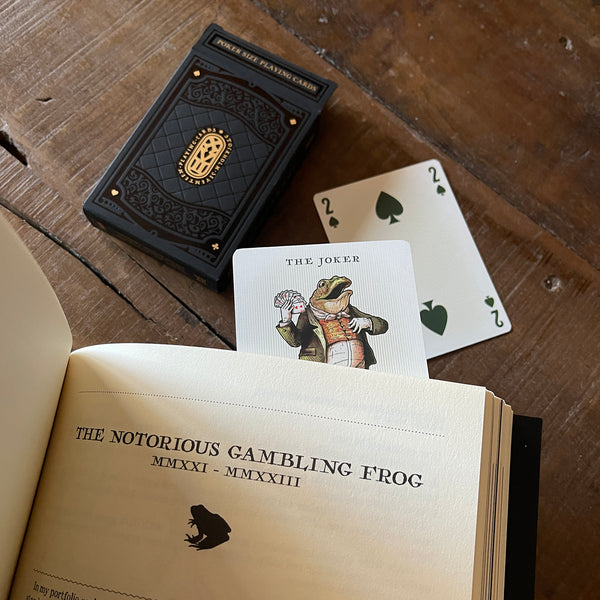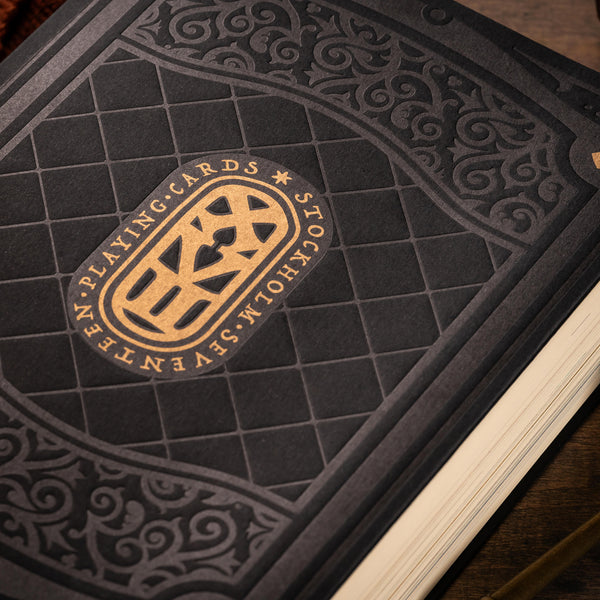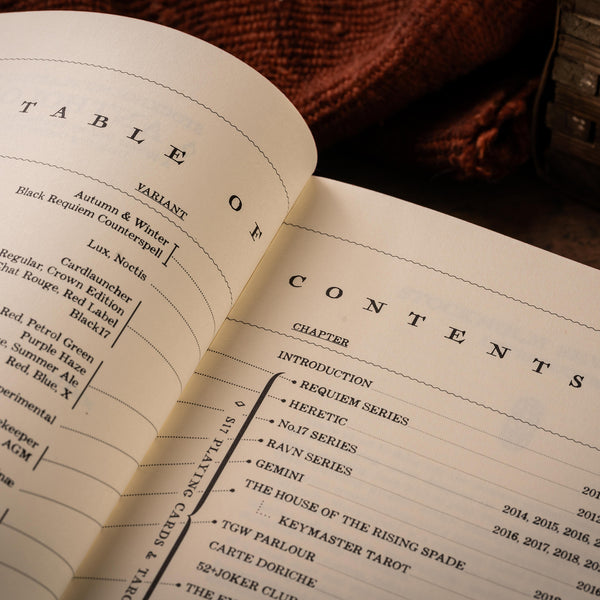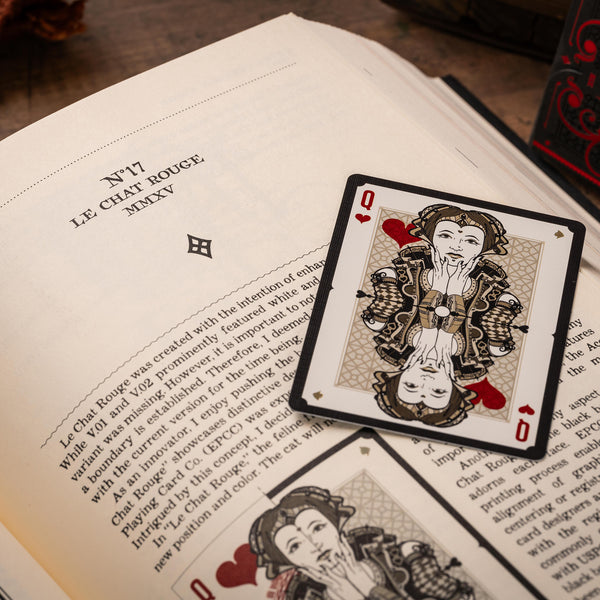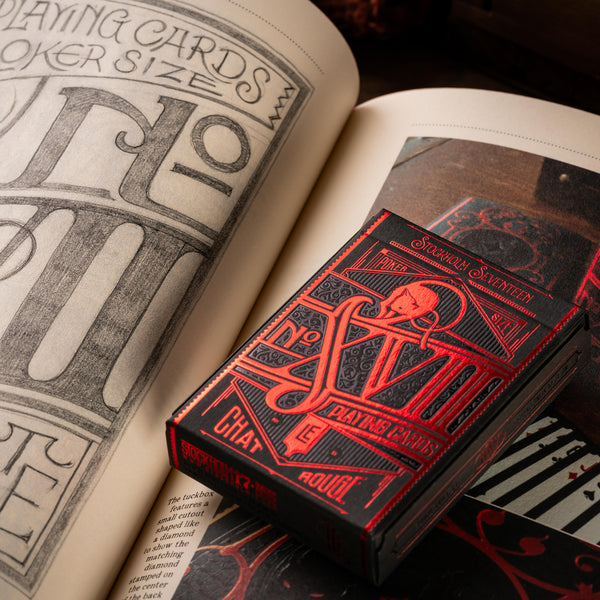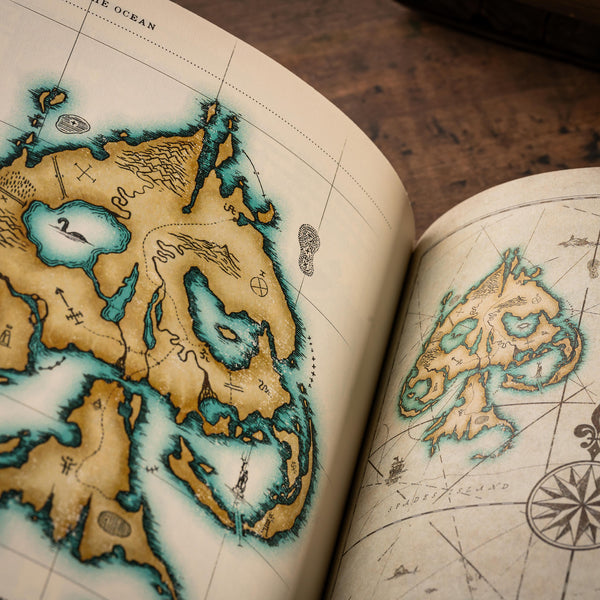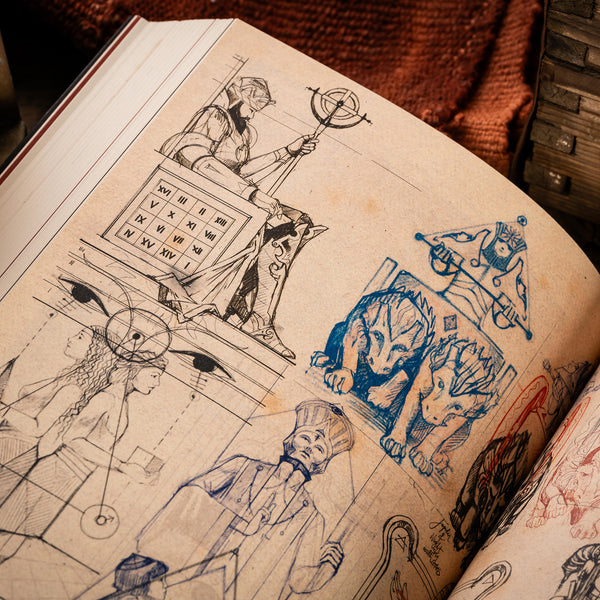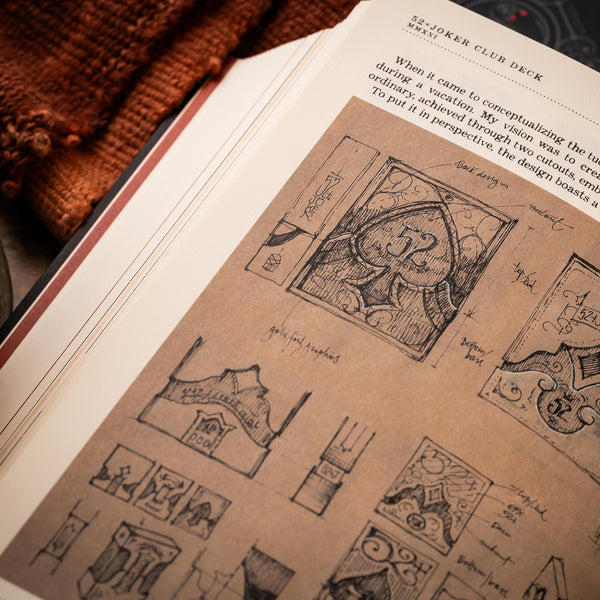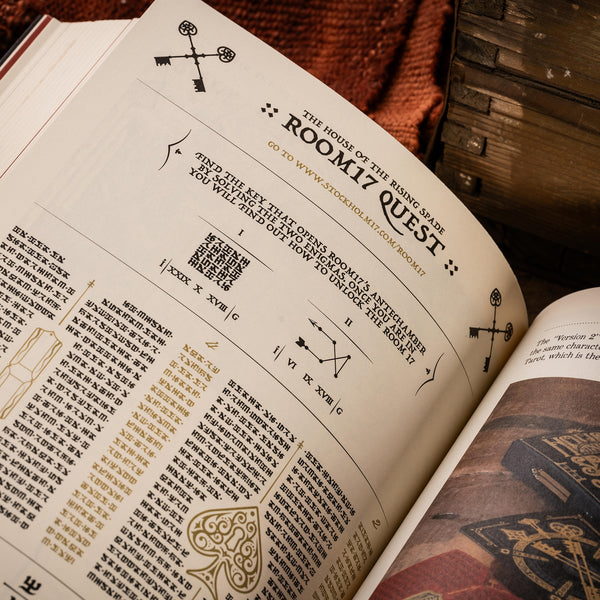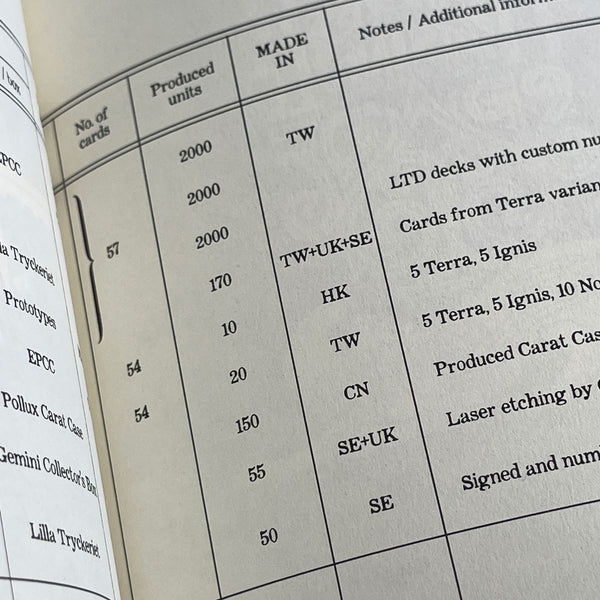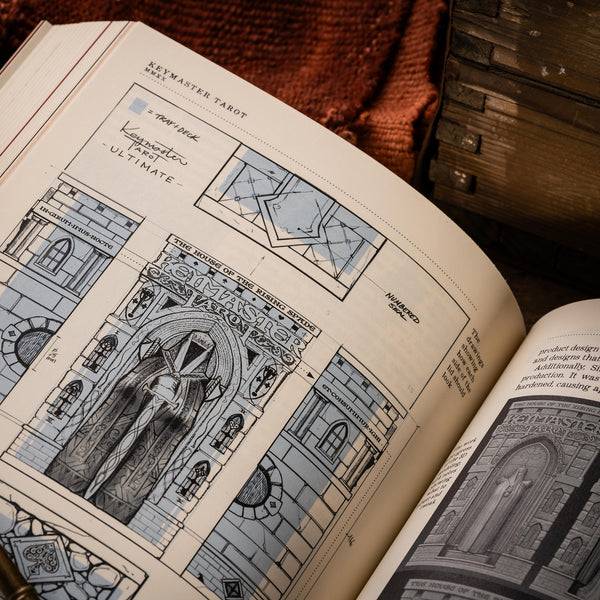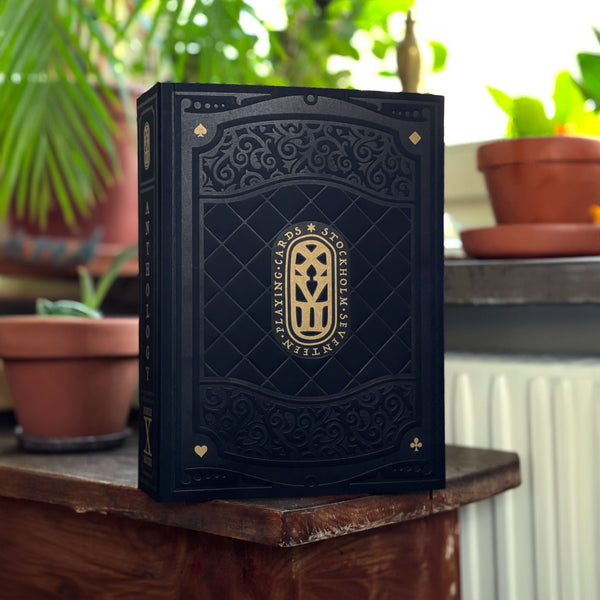Carte Doriche (2019)

Carte Doriche (meaning Dorian cards), represents a nostalgic endeavor deeply rooted in my childhood in my hometown Ancona, Italy. Card games were an integral part of family gatherings during festivities and joyous summer days on the beach with friends and family. Back then, I played with a regional deck known as “Le Piacentine,” a slim format deck measuring 52x92mm. These regional cards, popular across Italy, have numerous variations depending on the region.
The primary concept behind this deck is relatively simple: I decided to create a regional deck specifically for my hometown, Ancona. Instead of naming it “Carte Anconetane” or “Carte D’Ancona,” I chose a word familiar to Ancona’s residents: “Dorico.” This term refers to the city’s origins when it was founded by the Dorian ethnic group from ancient Greece. In Italian, it becomes “Dorico,” and in the plural female form, it’s “Doriche” (cards are a feminine gender word in Italian, “La Carta,” the card). If the town of Piacenza had “Le Piacentine,” there was no reason why Ancona couldn’t have its own deck of cards—thus, “Carte Doriche” was born. I further enriched the folkloric aspect by writing all the text in the local dialect.
The decision to preserve the original look was influenced by the deep connection the people of Ancona have with these cards. Still, I incorporated landmarks and graphic elements that represent the city of Ancona.
In today’s Le Piacentine, not all the faces adhere to the 2-way design. The court cards — Page, Knight, and King — have simply been split in two and flipped, with a simple frame dividing the layout into two equal parts.
The redesign process was relatively straightforward and didn’t take long. The additions related to the city of Ancona are evident in a few cards, along with subtle details on the court cards—only where it was possible to integrate these elements without disrupting the original look of the illustrations. The new figures had to remain immediately recognizable to anyone familiar with the deck.

The process of refining the court cards and aces mirrored that of the cards featuring suits. Whenever possible, I infused them with landmarks or elements connected to the city of Ancona. Among these, the Ace of Coins emerged as the most visually dominant card, akin to the Ace of Spades in terms of impact, standing out amidst the rest. The inclusion of a backdrop elevates its significance further, and the empty circle, symbolizing money, often serves as a canvas for the printer’s watermark. For this card, I placed the most iconic symbol of the city: The Cathedral of Saint Cyriacus (Duomo di San Ciriaco), positioned behind the eagle.
The Five of Swords depicts the enduring Trajan Arch (Arco di Traiano), a monument that has stood since the days of the Roman Empire.
The Four of Cups is adorned with images of the lazareth (Mole Vanvitelliana or Lazzaretto), constructed between 1733 and 1743, embellished with two sunflowers and a ribbon in the city’s colors.
The backdrop of the Ace of Wands features Mezzavalle and Portonovo beaches, both nestled within Ancona’s beloved Conero National Park coastline.

- 4 of Coins: The city’s coat of arms.
- Ace of Cups: A portion of an old fountain (Fontana Del Calamo, 1559, also called Fontana Delle 13 Cannelle).
- Page of Cups: The old lighthouse (on his band).
- King of Cups: A portrait of Lorenzo Lotto, a painter who worked in Ancona.
- Knight of Wands: His band depicts the clock tower (Torre Civica) in a square of the old town (Piazza del Plebiscito), and the city’s gonfalon.
- Ace of Swords: The red and yellow band bears an inscription of the year of the city’s liberation in 1173.

| In collaboration with the toy shop Dadi&Mattoncini, Ancona, Italy 1000 units produced by MPC, HK SOLD OUT |
